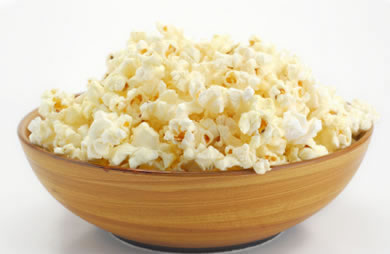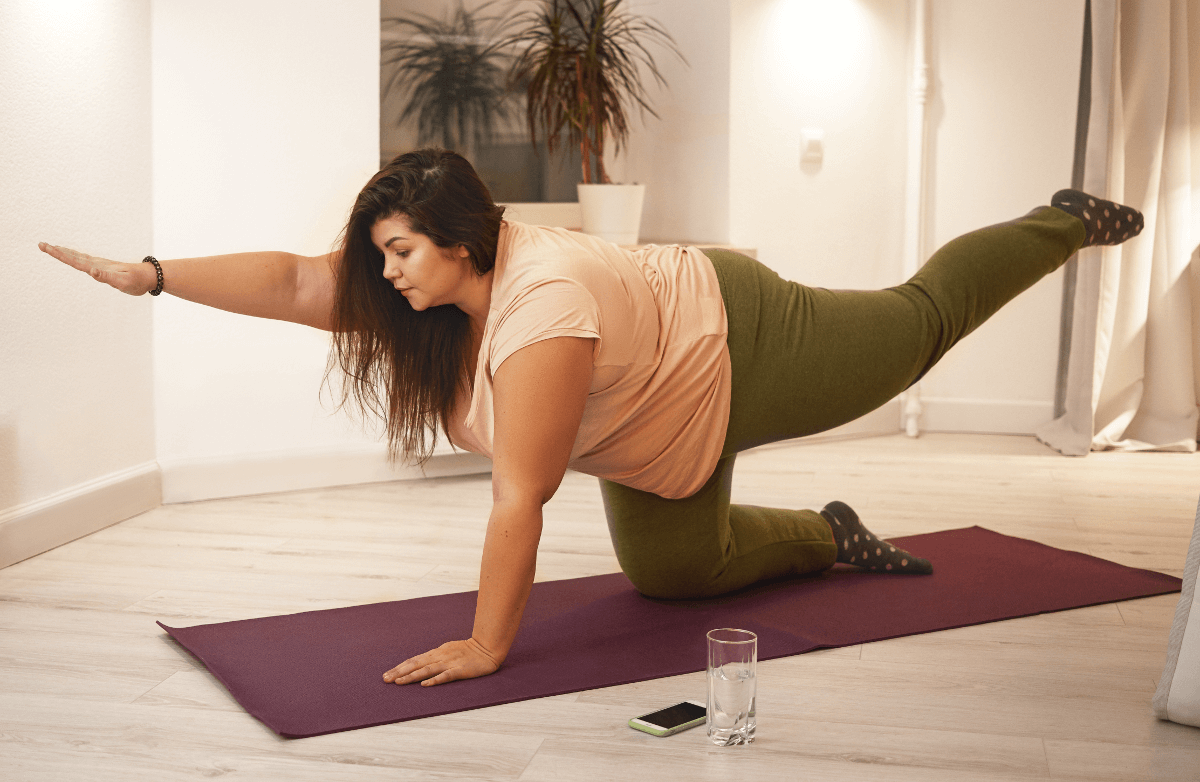|
Household chores teach children responsibility and self-sufficiency. Learning to pack their own nutritious lunch can be a perfect way to get them started with chores when they are young or add to their level of responsibility if they are older. There are other benefits as well. Allowing children to be in charge of their school lunch provides a wonderful opportunity to teach them about nutrition and healthy meal planning. It provides them with the opportunity to put decision making in to practice and takes the surprise out of lunchtime for them as well. Since they planned and prepared the meal, they should eat and enjoy it as well. This limits the need to bring any of it back home uneaten or trade it with someone else during lunchtime. This can be especially beneficial for children that are fussy eaters although it may take them a little time to "own" the meals they prepare. For older children, packing lunches provides opportunities to reinforce responsibility and accountability especially if you don't pack their lunch or offer them money when they forget to do it. It also provides a wonderful opportunity for them to learn organization and financial responsibility as well by teaching them kitchen skills in preparations for life on their own. To get your children on board with the idea of packing their own lunch, don't spring it on them as a new "job" for this year. Instead, talk with them about the importance of taking responsibility for their schooling which includes eating a healthy meals. Also include the importance of eating a healthy breakfast to start their day off right. Here are some ideas to help you develop a packing plan that will have children packing a their own lunch in no time. Teach them to fish. Perhaps you have heard the quote, “Give a man a fish and you feed him for a day. Teach a man to fish and you feed him for a lifetime.” Remember you are teaching your children to fish and not simply getting a chore completed. In the beginning, you will think it is easier and quicker to pack the lunch yourself. If you can remember that you are teaching them life skills through the chore, it will help you resist the urge. Just as a school year has trimesters or quarters, so should the teaching and learning process for the responsibility of packing a healthy lunch. Children of different ages may start at different points depending on their level of independence and previous experience with chores. Agree on the starting point as well as the rate of progression for the complete job. If you have older children it might only take a few weeks until they have learned and mastered the process. For younger children it might take the entire school year before they have it down. Don't get discouraged just remember that you are teaching them skills that allow them to fish for a lifetime. Have what they will need readily available. Nothing about the lunch packing process will frustrate children more than not having what they want available to pack. This provides a great opportunity to teach children about the grocery shopping process. Before you do your weekly shopping, sit down with your children and allow them to put their lunch preferences on the list. Print off and use the Tips to Pack a Nutrient Rich Lunch information as a starting point for teaching children healthy meal planning. Allow them to put healthy requests on the shopping list so they are available when it is time to pack lunch. Another step is to allow them to look for coupons for some of the items they are selecting so they establish that as part of a smart shopping plan. A last piece of this step is to take them shopping with you, allowing them to compare prices between brands and teaching them how to make the best economic choice. Be sure you teach them how to select produce as well as the proper way to clean and store it. Don't forget the importance of food safety. Packing a nutritious lunch must include safe food preparation and food storage. Planning allows you to be ready with thermos options that keep hot food hot and cold food cold. Teach children to wash their hands and the food preparation surfaces before and after preparing their lunch. Teach them the correct way to package unused foods for freshness and safety before returning them to the refrigerator or pantry for use in future meals. Children can easily learn basic food temperature monitoring by using a food thermometer to check that cold foods are below 40 degrees F and hot foods are above 140 degrees F before they pack them. Print food storage charts and post in the kitchen to help them learn proper food temperatures for common foods. When school is over help children learn to wash, rinse, and repeat. There is always a risk that the lunch bag doesn't make it home at the end of the day. However, since most school age children take a backpack or book bag to school, learning to put the lunch bag with that after lunch can help ensure that this doesn't happen very often. Teaching children to take care of their lunch bag when they get home from school helps them prepare for the next evening/morning of packing duty. Show them how to load plastic containers in the dishwasher and to wipe out the lunch box or the proper way to hand wash and dry containers. Once clean and ready, the lunch packing process can take place again for the next day. As the school year progresses children will become better and better at the lunch packing process. Each will become independent with the process at different times but once they have mastered the process, think how much better they will know their way around the kitchen. How old were you when you began being in charge of your own meals? What circumstances created the need for you to take charge? |
More From SparkPeople
|


.png)












